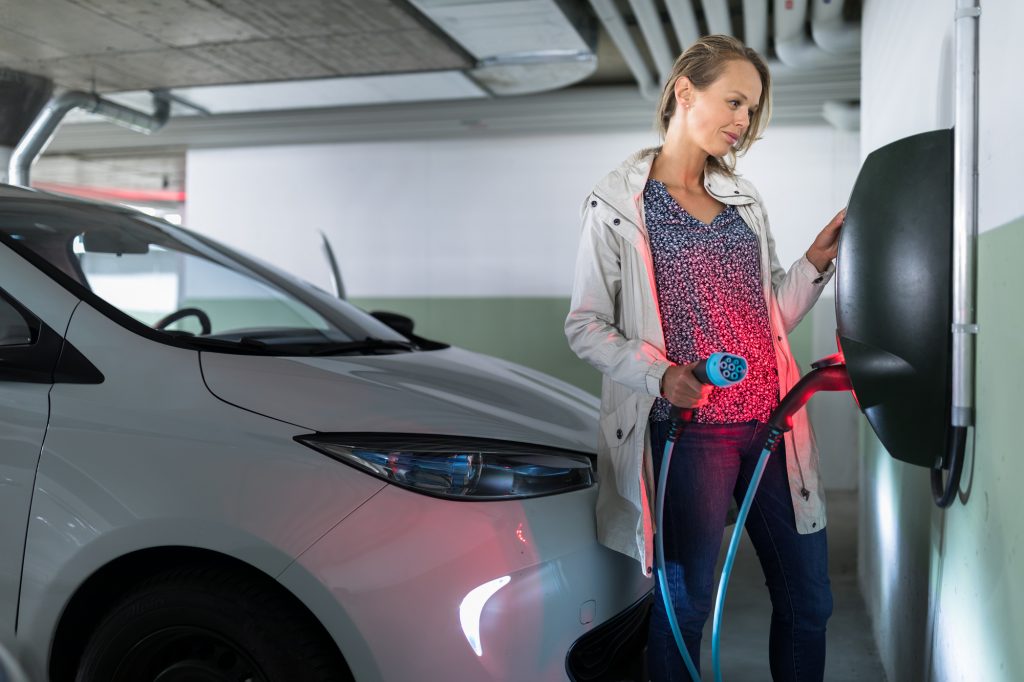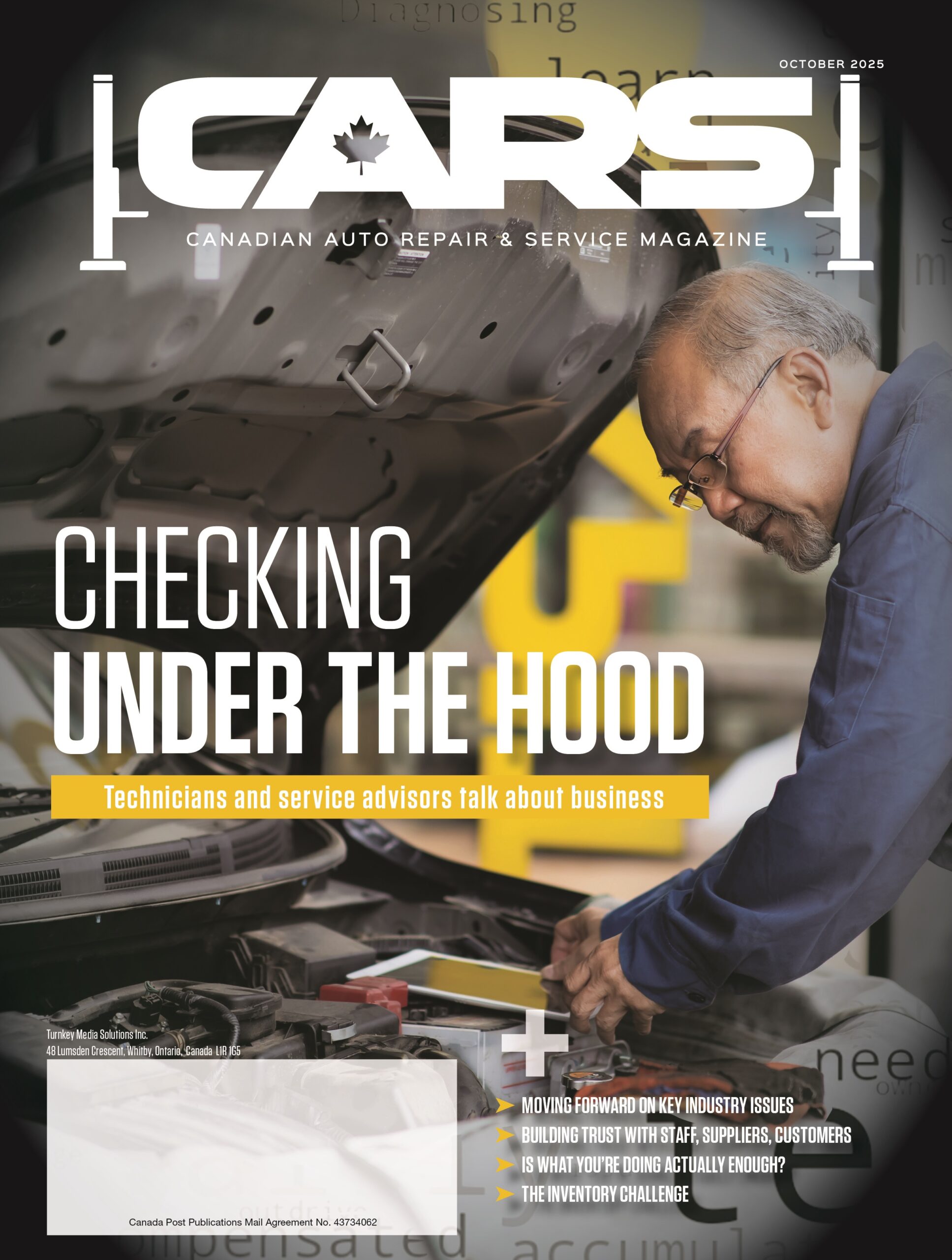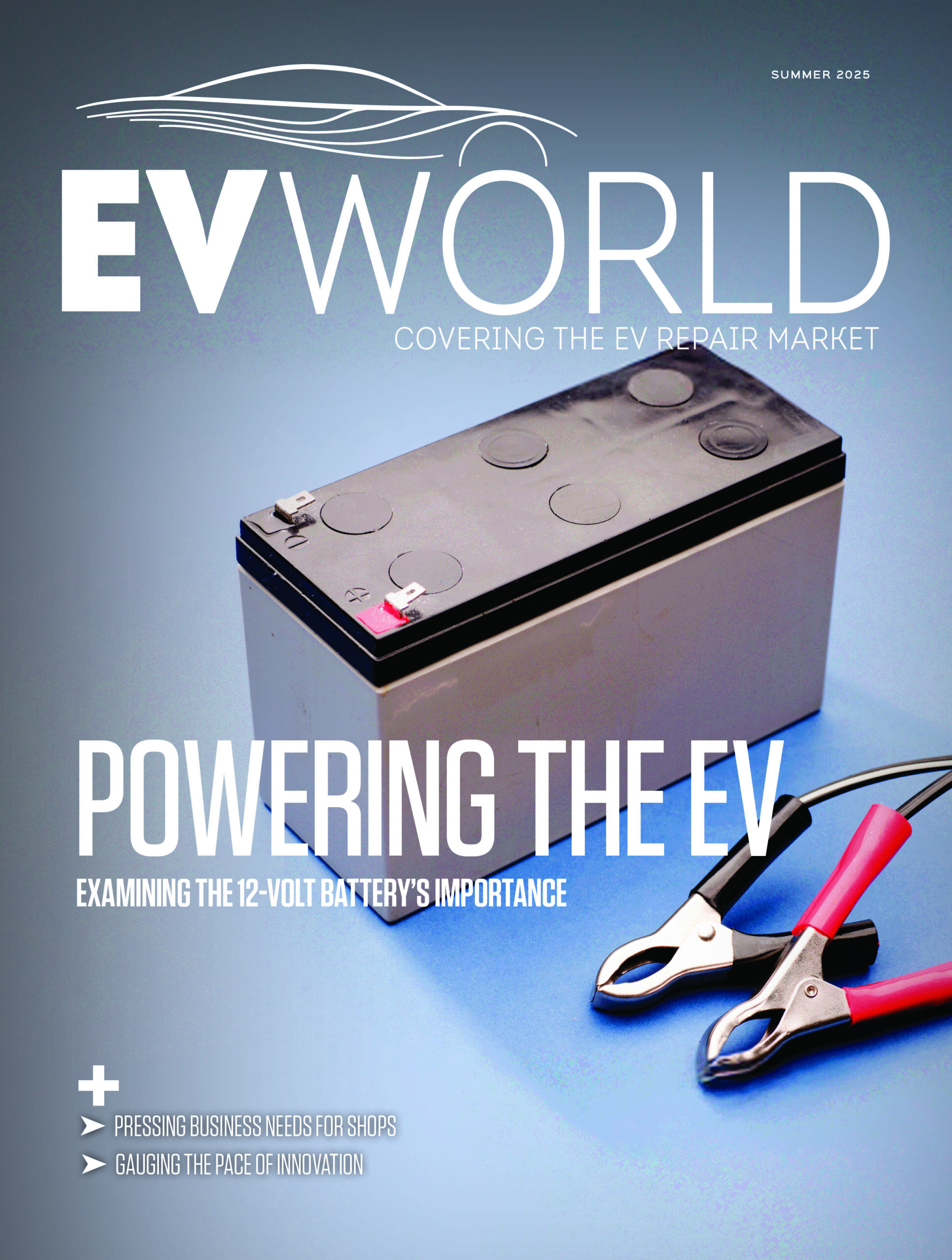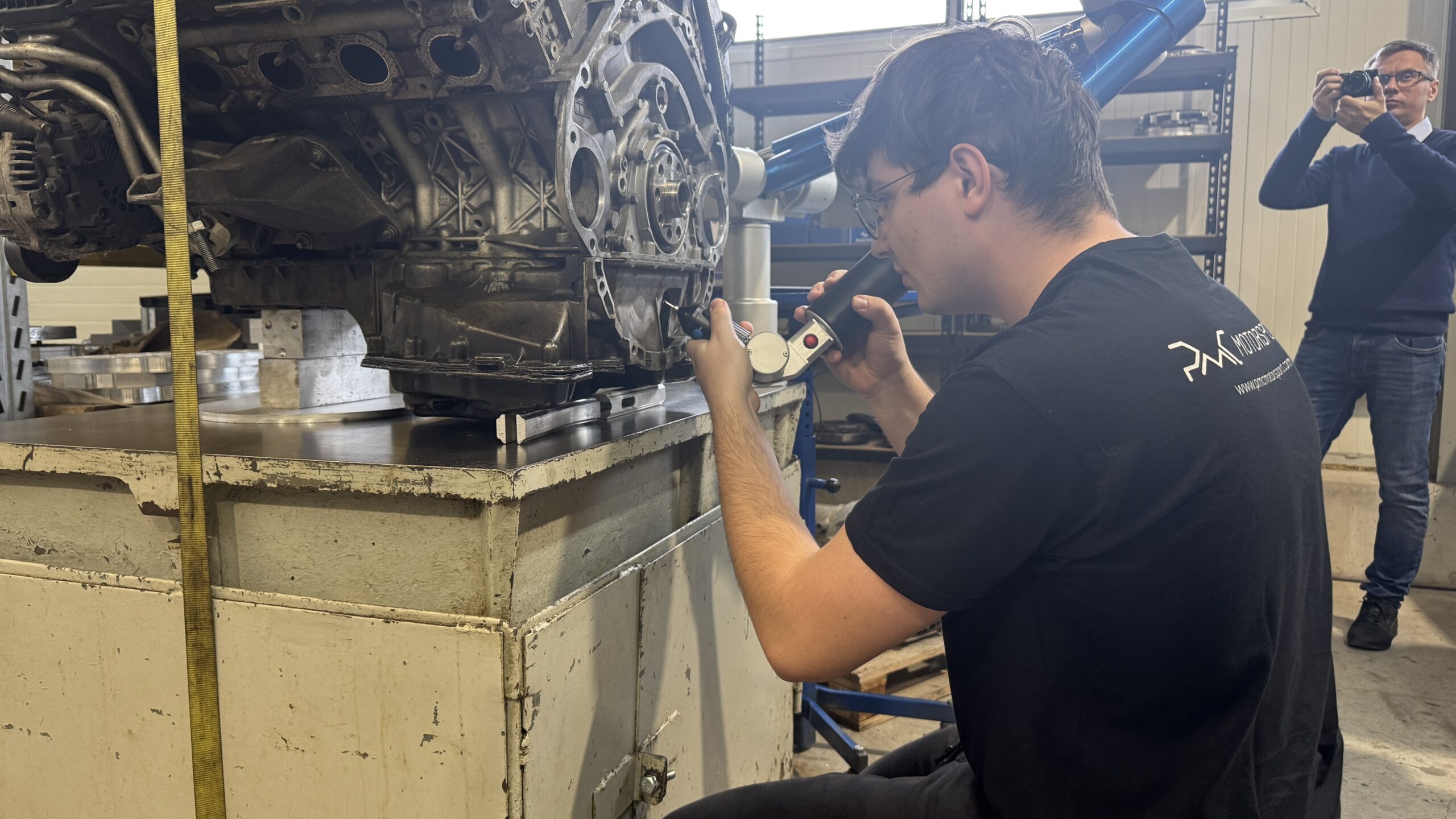
Electric vehicles may not crack double digits in terms of the entire vehicle fleet, experts predict, but that doesn’t mean the aftermarket can sit back and do nothing.
Right now, EVs make up less than 1 per cent of total vehicles in operation, according to Todd Campau, associate director of aftermarket solutions with IHS Markit. Furthermore, most are relatively young as they come from models years 2017 through 2020.
“That’s really where all the volume is. So we haven’t even begun to really see the electric vehicle in the aftermarket,” he said at the recent Automotive Aftermarket Suppliers Association Vision Conference in Detroit. “And then you compound that with the majority [that] we’ve seen are Teslas — and Tesla is not very good at sharing information or data about the repairs. So I think it’s obvious it’s going to have an impact.”
He told attendees during the session The 3 Dragons: Debating the Aftermarket’s Outlook that his forecast looks at 2030 as when 8 or 9 per cent of the vehicle fleet is made up of EVs.
“I really think EV impact in the aftermarket is really coming probably among the mid-2030s, even the toward the tail end of 2030s,” he added.
But that doesn’t mean the aftermarket can rest easy until then.
“I don’t say that to tell you [that] you should not be focusing on your EV strategy today,” he explained. “Use these tailwinds you have today in internal combustion vehicles to figure out how to do strategy. But it’s going to be a few years still.”

Greg Melich, senior managing director, at Evercore ISI, an investment banking company, agreed.
“It’s about 10 years from now to where ICE engines are starting to shrink in terms of number of vehicles on the road as you get to those sorts of penetration levels,” he said during the discussion.
He also spoke about the fact that many in the industry are concerned about fewer repair opportunities with EVs. But as time goes on, he assured, the cost of repairing an EV appears to be increasing.
“It seems to me that every year that goes on as we get more real-world experience of the extra weight of these vehicles on roads, with potholes, [we learn] what that does to anything that’s an axle or on the bottom of the car,” he said.
Years ago, the gap between costs to repair an internal combustion engine and an EV was 40 per cent — or more. Not so these days. The gap is down to 10 per cent and closing.
“I’m wondering if, in five or 10 years, we ended up saying it might cost more to repair an EV. It’ll be different parts, obviously,” he said. “But our view is it’s coming and prepare for it and try to figure out how to grab share out of it.”
Image credit: Depositphotos.com
Related Posts
Comments
-
Hmmm, There are a whole bunch of 1st gen BEVs out there with mileage above 60,000 Km and will probably need some repairs. In areas where salt usage is high in the winter, brakes will corrode no matter what. The after market needs parts NOW!, not in 2030. The volume might not be high, but it is a real opportunity to secure customers early. We are having the conversations now with customers.













Leave a Reply